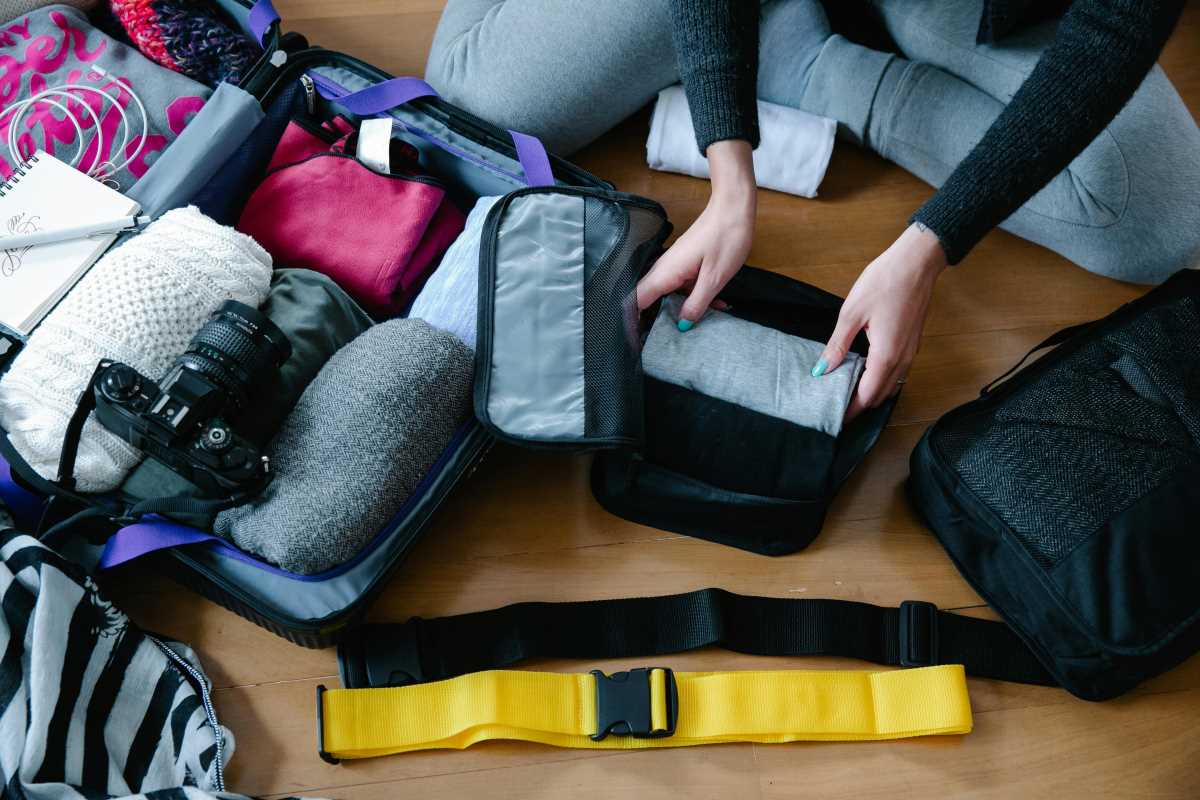Building a birdhouse from scratch is a rewarding DIY project that allows you to unleash your creativity and contribute to sustainability efforts. Using reclaimed wood adds an eco-friendly touch to your creation, giving new life to materials that might otherwise be discarded. Whether you're looking to attract specific bird species or simply want to enjoy watching feathered friends in your garden, crafting a birdhouse is a fulfilling endeavor.
Materials Needed
To begin, gather all necessary materials such as reclaimed wood, a saw, hammer and nails, drill, screws, measuring tape, and sandpaper. Make sure to choose untreated wood for the safety of the birds.
- Reclaimed wood planks
- Screws or nails
- Hammer or screwdriver
- Measuring tape
- Hand saw or power saw
- Drill with bits
- Sandpaper
- Exterior paint or wood sealant
- Paintbrushes
- Safety goggles and gloves
Preparing the Wood
Choosing the right reclaimed wood is the first step in ensuring your birdhouse is sturdy and long-lasting. Look for pieces that are free from rot, excessive warping, or large cracks. Older wood from barns, old furniture, or discarded pallets can be excellent choices. Inspect each piece carefully, selecting planks that have a solid structure and an appealing grain pattern.
Once you've gathered your wood, it's essential to clean it thoroughly. Remove any nails or staples, then scrub the wood with a mixture of mild detergent and water to eliminate dirt and potential pests. After cleaning, let the wood dry completely. Sand down all surfaces to smooth out rough edges and eliminate any splinters, ensuring a safe environment for the birds.
Designing the Birdhouse
When designing your birdhouse, consider the types of birds you wish to attract, as different species have varying requirements. Small birds like chickadees or wrens prefer smaller entrances and cozy interiors, while larger birds such as bluebirds or house sparrows may require bigger openings and more space.
Think about the overall aesthetic as well. You can choose a traditional box design, a more elaborate cottage style, or even a modern geometric shape. Incorporating features like drainage holes, ventilation, and a secure roof will enhance the birdhouse's functionality and longevity. Sketching your design beforehand can help visualize the final product and ensure all necessary elements are included.
Constructing the Birdhouse
- Measure and cut all your wood pieces according to your design specifications. Common pieces include the back, front, sides, roof, and base.
- Drill an entrance hole in the front panel. The size of the hole should match the bird species you're targeting.
- Assemble the walls by attaching the front and back pieces to the side panels using screws or nails. Ensure the joints are secure and the structure is sturdy.
- Attach the base panel to the assembled walls, making sure it's level. You can add a small lip to prevent rain from entering the birdhouse.
- Secure the roof panel, leaving it slightly overhanging to protect the entry hole from rain. Consider making the roof hinged for easy cleaning access.
- Add any additional features, such as ventilation holes near the top of the sides and drainage holes in the base.
- Sand all edges and surfaces once more to ensure there are no sharp areas or rough spots.
Finishing Touches
Once your birdhouse is assembled, it's time to protect it from the elements. Apply a coat of exterior paint or wood sealant to all surfaces, excluding the inside. Painting not only adds color and personality but also helps prevent moisture damage and decay. Opt for non-toxic paints to ensure the safety of the birds.
Allow the first coat to dry completely before applying a second layer for added protection. Focus on sealing all joints and corners thoroughly. If you prefer a natural look, a clear wood sealant can highlight the beauty of the reclaimed wood while still providing necessary protection.
Installation Tips
Placement is key to attracting birds to your birdhouse. Choose a location that is sheltered from harsh weather and predators. Mount the birdhouse on a sturdy pole or securely attach it to a tree branch. The height should be appropriate for the bird species you're targeting; generally, placing the birdhouse between 6 to 10 feet off the ground is ideal.
Ensure the entrance hole is facing away from prevailing winds and direct sunlight. Providing some shade can help keep the interior cool during warmer months. Installing a perch below the entrance can offer birds a landing spot, though some species prefer no perch.
Crafting a birdhouse from reclaimed wood is not only a fulfilling project but also a meaningful way to support local wildlife. By following these steps, you can create a beautiful and functional home for birds, all while promoting sustainability. Enjoy the process and the delightful visitors that will soon make your handcrafted birdhouse their own.
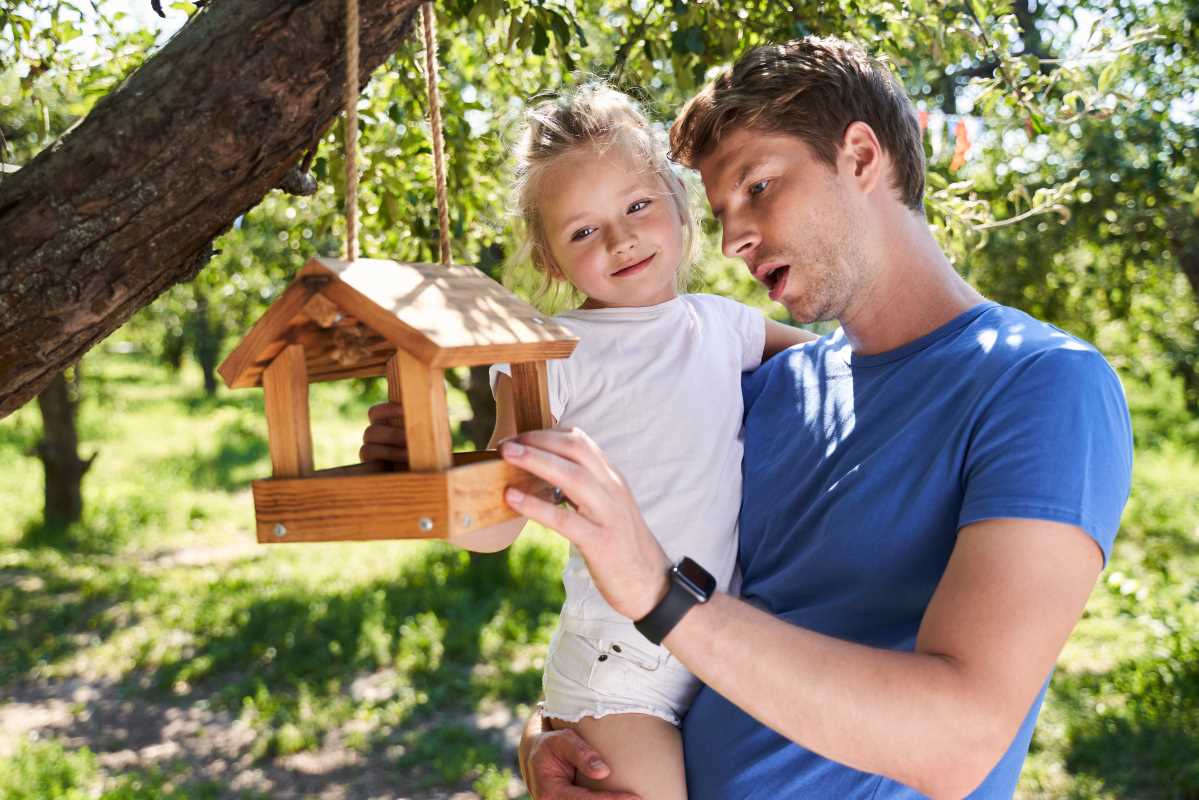

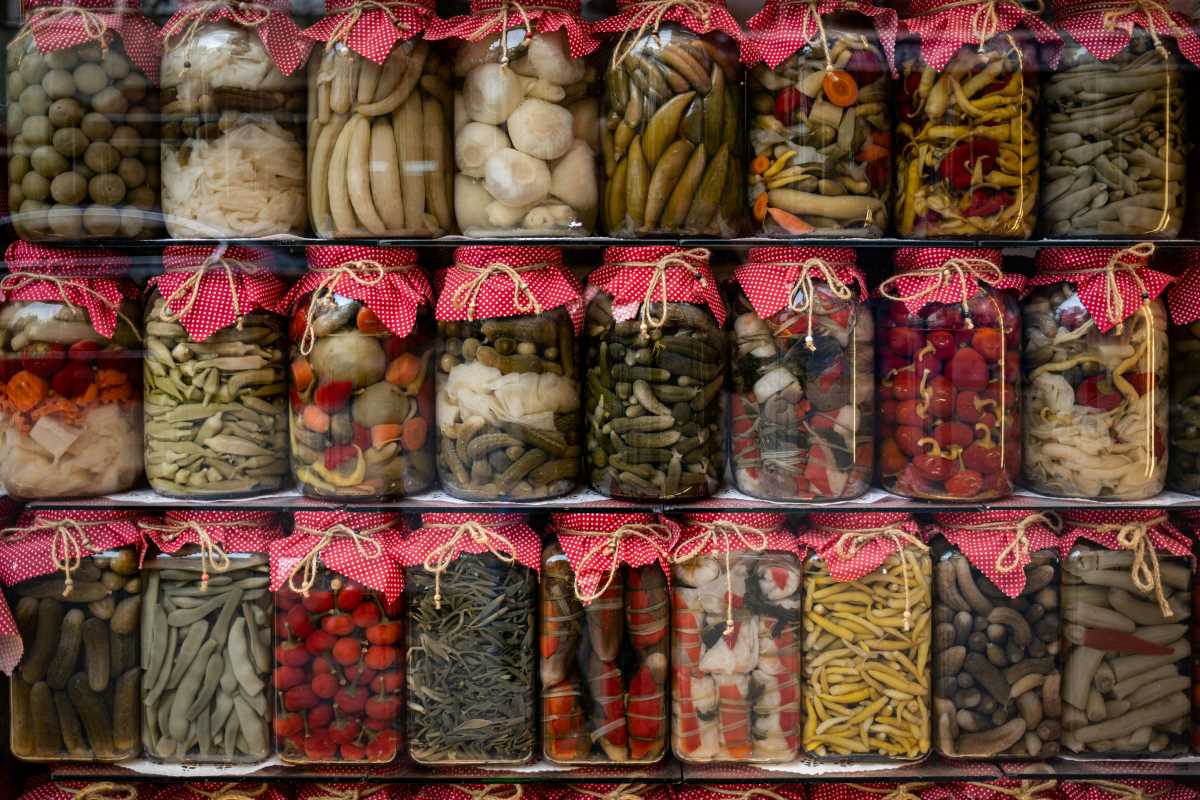
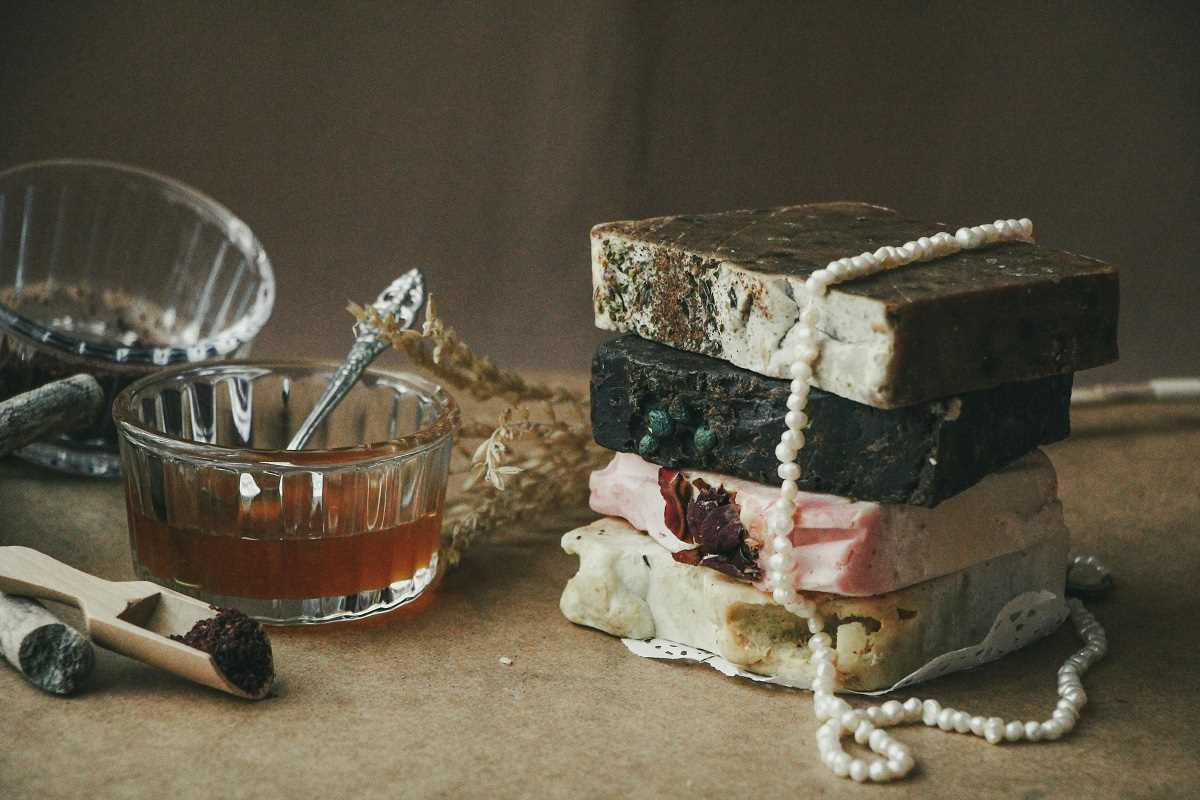

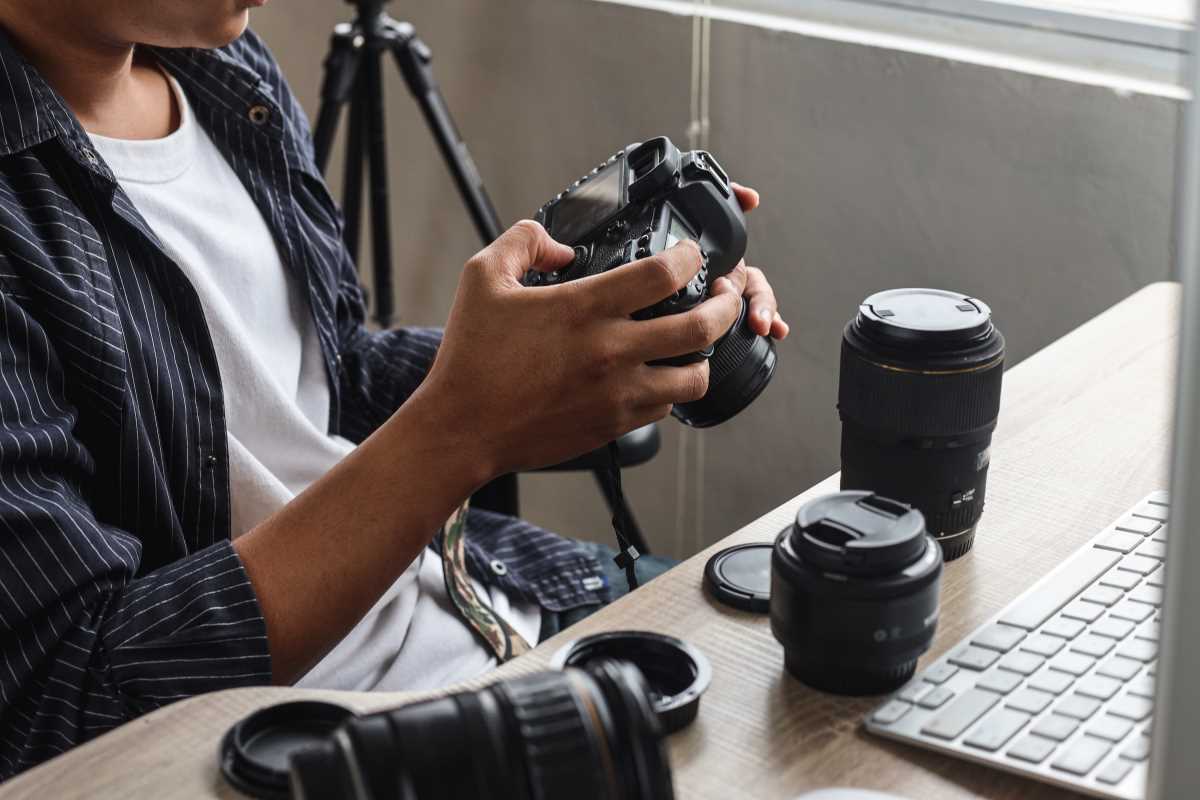
.jpeg)
